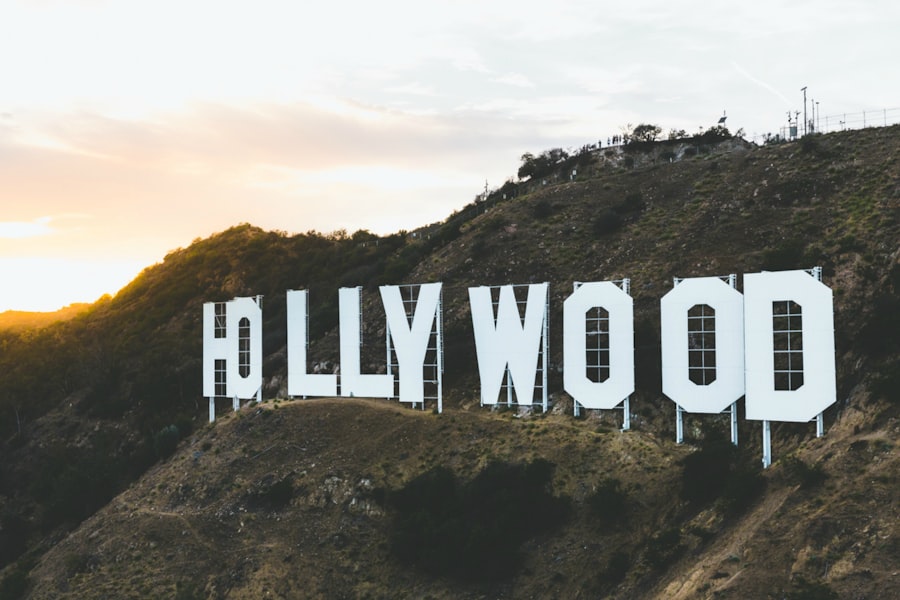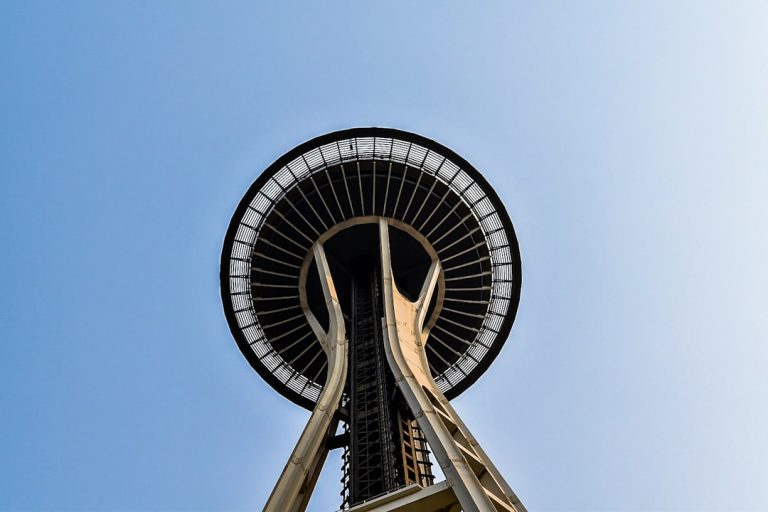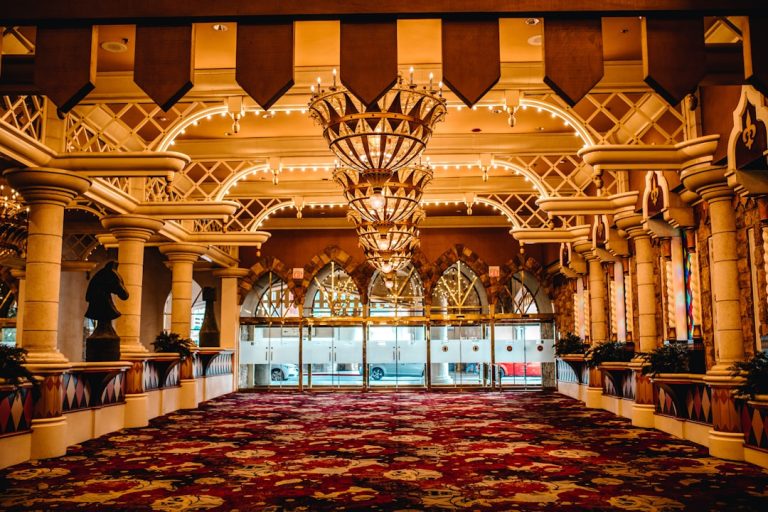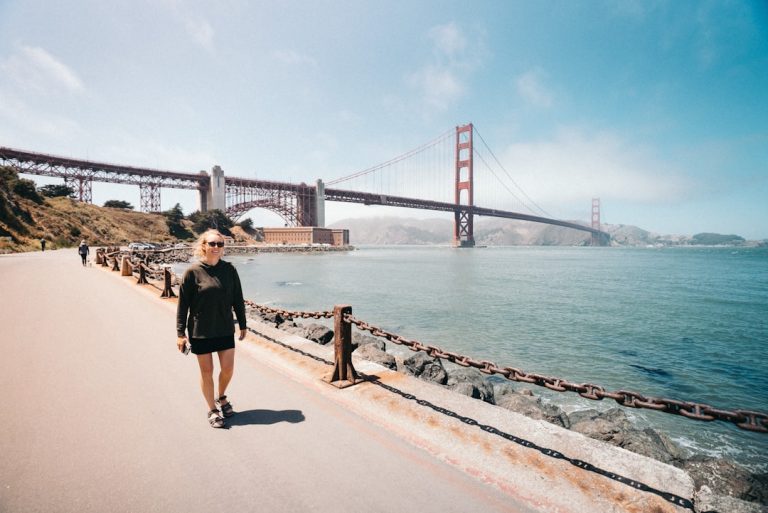
Los Angeles, often referred to as LA, has a rich and multifaceted history that reflects the diverse cultures and peoples that have shaped the city over centuries. Originally inhabited by the Tongva people, the area was first explored by Spanish settlers in the late 18th century. In 1781, a group of 44 settlers, known as “Los Pobladores,” established the city of El Pueblo de Nuestra Señora la Reina de los Ángeles de Porciúncula, which translates to “The Town of Our Lady the Queen of Angels of Porciúncula.” This name would eventually be shortened to Los Angeles.
S. annexed California in 1848 following the Mexican-American War, marking a significant turning point in its development. As the 19th century progressed, Los Angeles began to grow rapidly, fueled by the arrival of the Southern Pacific Railroad in 1876.
This connection to the rest of the country facilitated trade and migration, leading to a population boom. The discovery of oil in the early 20th century further transformed the city, attracting workers and investors alike. By the 1920s, Los Angeles had established itself as a major economic center, with industries ranging from agriculture to entertainment.
The film industry, in particular, took root during this time, with Hollywood emerging as the epicenter of American cinema. The combination of favorable weather, diverse landscapes, and a burgeoning talent pool made LA an ideal location for filmmakers.
Key Takeaways
- Los Angeles was founded in 1781 by Spanish governor Felipe de Neve and has a rich history influenced by Spanish, Mexican, and American cultures.
- Must-see landmarks and sights in Los Angeles include the Hollywood Sign, Griffith Observatory, Santa Monica Pier, and the Getty Center.
- Exploring the diverse neighborhoods of Los Angeles offers a glimpse into the city’s multicultural tapestry, from the vibrant streets of Chinatown to the trendy boutiques of Melrose Avenue.
- Hidden gems and off-the-beaten-path attractions in Los Angeles include the Bradbury Building, the Museum of Jurassic Technology, and the Venice Canals.
- Los Angeles’ arts and culture scene is thriving, with world-class museums like the LACMA, The Broad, and the Getty Villa, as well as a vibrant theater and music scene.
- Outdoor activities and natural wonders in Los Angeles include hiking in Runyon Canyon, exploring the botanical gardens at the Huntington Library, and enjoying the stunning views from the Griffith Park Observatory.
Must-See Landmarks and Sights
Los Angeles is home to an array of iconic landmarks that draw millions of visitors each year. One of the most recognizable is the Hollywood Sign, perched atop the Hollywood Hills. Originally erected in 1923 as an advertisement for a real estate development called “Hollywoodland,” the sign has since become a symbol of the entertainment industry and a must-visit photo opportunity for tourists.
Hikers can access trails that lead to viewpoints offering stunning panoramas of the city and the sign itself. Another essential stop is Griffith Observatory, which not only provides breathtaking views of Los Angeles but also serves as a hub for astronomy enthusiasts. Opened in 1935, the observatory features exhibits on space and science, along with a planetarium that hosts shows about the cosmos.
Visitors can gaze through telescopes at celestial bodies during public viewing nights, making it an educational experience as well as a scenic one. The nearby Griffith Park offers extensive hiking trails and picnic areas, allowing visitors to immerse themselves in nature while enjoying views of the iconic observatory.
Exploring the Diverse Neighborhoods

Los Angeles is a tapestry of neighborhoods, each with its own unique character and cultural influences. From the vibrant streets of Downtown LA to the laid-back vibe of Venice Beach, exploring these areas provides insight into the city’s rich diversity. Downtown LA has undergone significant revitalization in recent years, transforming into a bustling hub filled with trendy restaurants, art galleries, and historic landmarks like the Bradbury Building and Olvera Street.
The area is also home to the Walt Disney Concert Hall, designed by architect Frank Gehry, which hosts world-class performances by the Los Angeles Philharmonic. In stark contrast, Santa Monica offers a coastal experience with its famous pier and sandy beaches. The Santa Monica Pier features an amusement park with a Ferris wheel and arcade games, making it a popular destination for families.
The Third Street Promenade is another highlight, lined with shops, street performers, and outdoor dining options. Meanwhile, neighborhoods like Koreatown and Little Tokyo showcase the city’s multicultural fabric through their culinary offerings and cultural festivals. Koreatown is particularly known for its vibrant nightlife and authentic Korean barbecue restaurants, while Little Tokyo celebrates Japanese culture with its shops, galleries, and annual events like Nisei Week.
Hidden Gems and Off-the-Beaten-Path Attractions
| Attraction | Location | Visitor Count | Rating |
|---|---|---|---|
| Secret Beach | Maui, Hawaii | 1000 | 4.5 |
| Hidden Waterfall | Costa Rica | 500 | 4.8 |
| Off-the-Beaten-Path Temple | Thailand | 800 | 4.3 |
While Los Angeles boasts many well-known attractions, it also harbors hidden gems that offer unique experiences away from the crowds. One such treasure is The Getty Villa in Pacific Palisades, an art museum dedicated to ancient Greek and Roman art. Modeled after a Roman country house, the villa features stunning gardens and a collection that includes sculptures, pottery, and frescoes.
Visitors can explore the beautifully landscaped grounds while enjoying views of the Pacific Ocean. Another lesser-known spot is the Los Angeles County Museum of Art (LACMA), which houses an extensive collection of art spanning various cultures and time periods. While LACMA is well-known for its iconic Urban Light installation—comprising 202 restored street lamps—it also features rotating exhibitions that delve into contemporary issues and historical narratives.
For those seeking a more interactive experience, the Museum of Jurassic Technology in Culver City offers an eccentric blend of art and science that challenges traditional museum conventions. Its curious exhibits range from miniature dioramas to obscure artifacts that spark curiosity and wonder.
Los Angeles’ Arts and Culture Scene
The arts and culture scene in Los Angeles is as dynamic as the city itself, encompassing everything from theater to street art. The city is home to numerous theaters that host both established productions and experimental performances. The Ahmanson Theatre in Downtown LA regularly features Broadway shows, while smaller venues like The Geffen Playhouse in Westwood showcase innovative works by emerging playwrights.
The annual Hollywood Bowl summer concert series attracts music lovers from all over with performances ranging from classical symphonies to contemporary pop artists. Street art has also become an integral part of LA’s cultural landscape, with neighborhoods like Arts District and Melrose Avenue serving as canvases for talented muralists. The vibrant murals reflect social issues, personal narratives, and artistic expression, contributing to a sense of community identity.
Events like the Downtown LA Art Walk allow visitors to explore galleries and installations while engaging with local artists. Additionally, institutions like The Broad Museum offer free admission to contemporary art collections that include works by renowned artists such as Jeff Koons and Yayoi Kusama.
Outdoor Activities and Natural Wonders

Los Angeles is not just a sprawling urban environment; it also boasts an impressive array of outdoor activities and natural wonders that cater to nature enthusiasts. The city’s proximity to mountains, beaches, and parks makes it an ideal destination for those seeking adventure or relaxation in nature. For instance, Runyon Canyon Park offers popular hiking trails with stunning views of both downtown Los Angeles and the Hollywood Sign.
The park attracts fitness enthusiasts who enjoy jogging along its paths or participating in outdoor yoga classes. The coastline is another highlight for outdoor lovers. Beaches like Malibu and Zuma Beach provide opportunities for sunbathing, surfing, and beach volleyball.
The scenic Pacific Coast Highway offers breathtaking views along its route, making it a favorite for road trips. For those interested in marine life, whale watching tours off the coast provide a chance to see these majestic creatures up close during migration seasons. Inland areas like Griffith Park also offer numerous trails for hiking and horseback riding amidst lush landscapes.
The park is home to attractions such as the Los Angeles Zoo and botanical gardens that showcase native flora. For those looking for a more tranquil experience, places like Topanga State Park provide serene hiking trails through canyons filled with wildflowers and wildlife. Los Angeles is a city where history meets modernity, where diverse cultures converge to create a vibrant tapestry of life.
Its landmarks tell stories of its past while its neighborhoods reflect its dynamic present. Whether exploring hidden gems or engaging with its rich arts scene, visitors are sure to find something that resonates with them in this sprawling metropolis.
If you’re intrigued by the diverse attractions and cultural highlights of Los Angeles, California, you might also find the neighboring state of Nevada interesting. Just like Los Angeles, Nevada offers a blend of unique sites and experiences, from the glittering lights of Las Vegas to the serene landscapes of the Great Basin. To explore more about what Nevada has to offer, from its rich history to its modern-day allure, check out this related article: Nevada: Interesting Facts, Places to Visit, and Things to See. This can provide you with a broader understanding of the region’s attractions and how they compare to those in Los Angeles.
FAQs
What are some interesting facts about Los Angeles, California?
– Los Angeles is the second most populous city in the United States, after New York City.
– The city is known for its entertainment industry, including Hollywood, which is the center of the American film and television industry.
– Los Angeles has a diverse population, with a large number of immigrants from various countries, making it a melting pot of cultures.
– The city is home to several world-famous landmarks, including the Hollywood Sign, the Griffith Observatory, and the Santa Monica Pier.
What are some popular places to visit in Los Angeles?
– Hollywood Walk of Fame: A sidewalk along Hollywood Boulevard featuring more than 2,600 stars embedded with the names of celebrities.
– Universal Studios Hollywood: A film studio and theme park offering behind-the-scenes tours and thrilling rides.
– The Getty Center: An art museum with a vast collection of European paintings, sculptures, and decorative arts.
– Griffith Park: A large municipal park with hiking trails, the Griffith Observatory, and the iconic Hollywood Sign.
What are some things to see in Los Angeles?
– The Hollywood Sign: An iconic symbol of the entertainment industry, located on Mount Lee in the Hollywood Hills.
– Venice Beach: A vibrant and eclectic beachfront neighborhood known for its bohemian spirit, street performers, and colorful murals.
– The Los Angeles County Museum of Art (LACMA): The largest art museum in the western United States, featuring a diverse collection of artwork from different cultures and time periods.
– The Santa Monica Pier: A historic pier with an amusement park, aquarium, and iconic Ferris wheel overlooking the Pacific Ocean.






